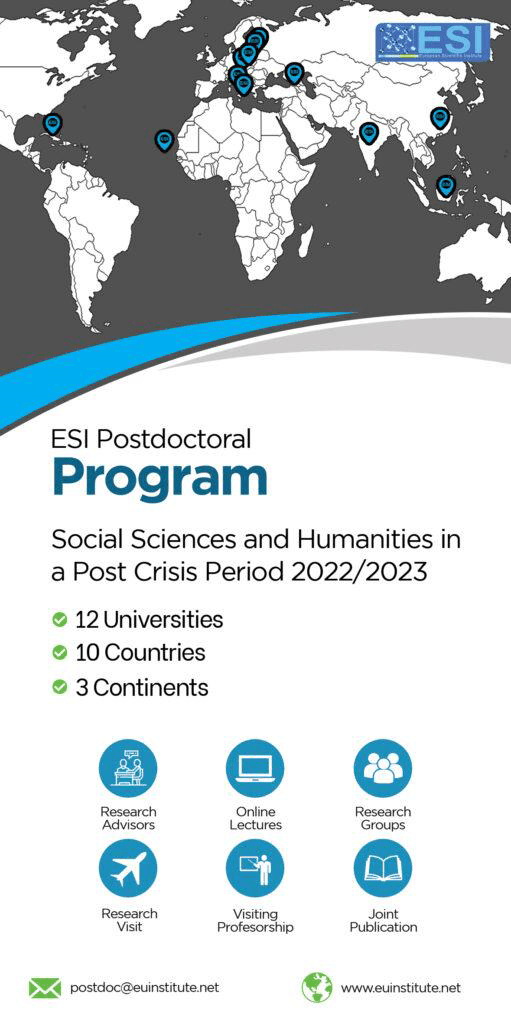SPIN-OFFS AND THEIR PARENTAL INHERITANCE: TO WHAT EXTENT IS BUSINESS MODEL AFFECTED BY LEGACY?
Abstract
Scholars in management sometimes use metaphors referred to biological theories in their studies and research works. Among those metaphors, the one about heredity is often used to investigate on organizational and business strategy issues. We aim at further investigating on the extent to which the characteristics of legacy helps in explaining subsequent development of spin-offs. In order to shed a light on the tension between inherited patterns and the new trajectory that may characterize spawned ventures’ development we propose a model aimed at investigating which blueprints elements might exert an enduring effect on business model at birth and to which extent their persistence (or abandonment) determines subsequent business model innovation. Under the assumption that academic and corporate institutions transmit different genes to their spin-offs, we hence expect to have heterogeneity in elements that affect business model and its subsequent evolution. This is the reason why we carry on a twofold analysis in the biotech (meta)industry. Under a multiple-case research design, we thoroughly analyse business model construct; especially we focus on fundamental design elements and themes which scholars individuated to decompose business model construct. The purpose we have is to isolate the dimensions of business model that may have been the object of legacy and the ones along which an experimentation and learning process is more likely to happen.Downloads
Download data is not yet available.
Metrics
Metrics Loading ...
Published
2015-02-24
How to Cite
Zaccaro, F. (2015). SPIN-OFFS AND THEIR PARENTAL INHERITANCE: TO WHAT EXTENT IS BUSINESS MODEL AFFECTED BY LEGACY?. European Scientific Journal, ESJ, 11(3). Retrieved from https://eujournal.org/index.php/esj/article/view/5075
Section
Articles







